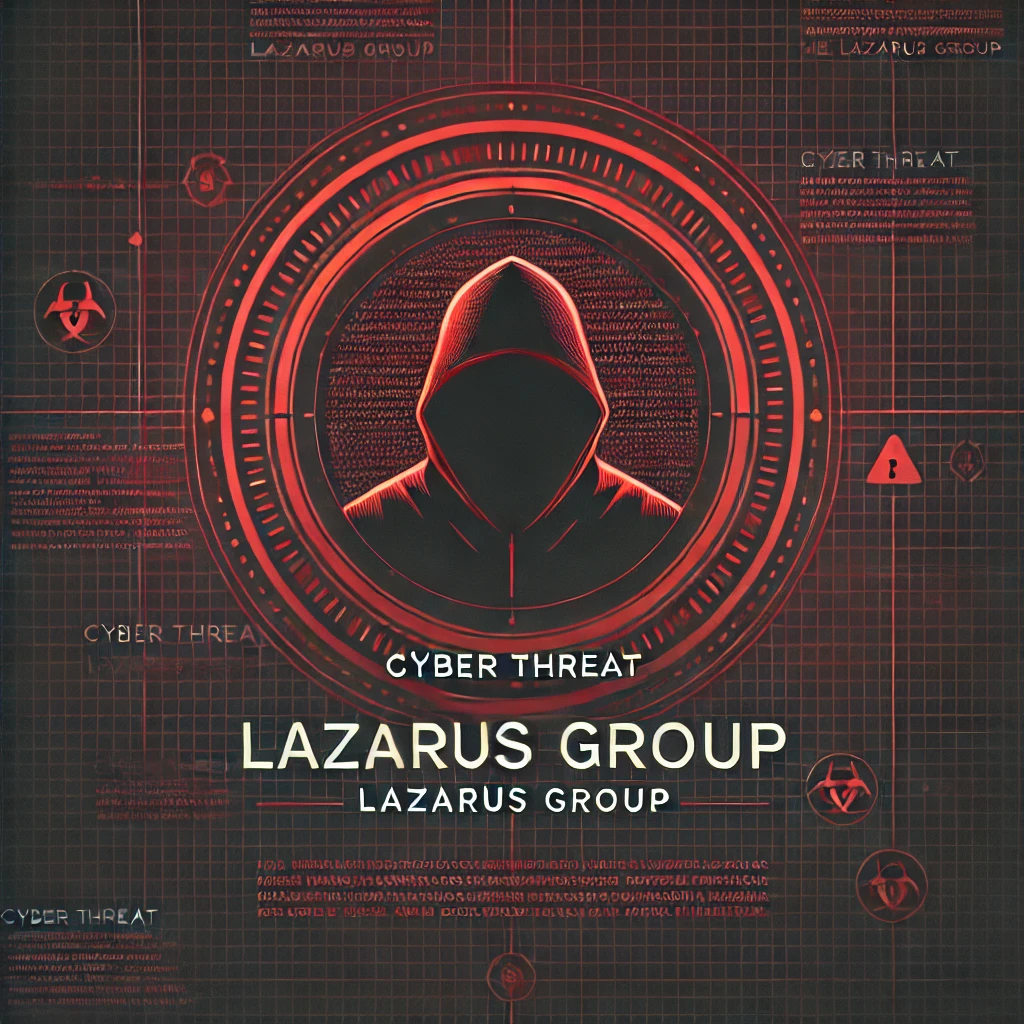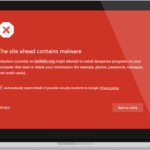Lazarus (or LAZARU$) group goes by many names, including HIDDEN COBRA, WHOISLazarus Group, also known by aliases such as HIDDEN COBRA, WHOIS TEAM, and GUARDIANS OF PEACE, is one of the most notorious advanced persistent threat (APT) groups in the world. Believed to be backed by the North Korean government, this cybercriminal syndicate has evolved from rudimentary attacks to sophisticated global cyber operations. The U.S. Federal Bureau of Investigation (FBI) and other intelligence agencies have linked their activities to the 414 Liaison Office in North Korea, citing repeated traces of their infrastructure to Pyongyang.
Over the years, Lazarus has executed a series of high-profile cyberattacks that have left a lasting impact on financial institutions, corporations, and government agencies worldwide. Some of their most infamous operations include:
- Operation Troy (2009) – Early DDoS attacks targeting South Korean and U.S. websites.
- Operation 1Mission / DarkSeoul (2013) – Disruptive attacks against South Korean banks and broadcasters.
- Sony Breach (2014) – Destructive malware attack in retaliation for the release of “The Interview.”
- Operation Blockbuster (2016) – A collaborative effort to expose and disrupt Lazarus activities.
- Bangladesh Bank Cyber Heist (2016) – A bold attempt to steal $1 billion through fraudulent SWIFT transactions.
- WannaCry Ransomware Attack (2017) – A worldwide ransomware outbreak exploiting Windows vulnerabilities.
- Pharmaceutical Company Attacks (2020) – Targeting COVID-19 vaccine developers to steal research data.
- Axie Infinity Hack (2022) – One of the largest cryptocurrency thefts in history, worth over $600 million.
The Evolution of a Cyber Menace
Lazarus’ first documented attack, Operation Troy (2009), was a relatively unsophisticated DDoS campaign. The group targeted government and media websites in South Korea and the U.S., leveraging malware like Mydoom and Dozer to create botnets. While the attack disrupted services, it failed to cause significant long-term damage. However, hidden within the malware’s code were functions to wipe infected hard drives—though they were never executed. Was this a mistake, a test run, or a deliberate restraint? The answer remains uncertain.
By 2013, Lazarus had refined its tactics. Operation 1Mission / DarkSeoul demonstrated an enhanced ability to cripple critical infrastructure, as cyberattacks rendered 32,000 computers across South Korea’s financial and media sectors inoperable. Analysts noted a shift in strategy: rather than launching broad, indiscriminate attacks, Lazarus focused on a smaller number of high-value targets, maximizing disruption while improving stealth.
One of the most notorious incidents attributed to Lazarus occurred in 2014 with the Sony Pictures hack. Angered by the release of “The Interview,” a comedy depicting an assassination plot against North Korea’s leader, the group unleashed a devastating malware attack. Not only did they wipe Sony’s internal systems, but they also leaked thousands of confidential emails, causing a media frenzy. This event underscored the increasing intersection of geopolitics and cyber warfare.
Financial Heists and Global Disruption
Beyond sabotage, Lazarus has also demonstrated a sophisticated ability to conduct cyber heists. The Bangladesh Bank cyber heist (2016) showcased their financial motivations. Using fraudulent SWIFT transactions, they attempted to steal nearly $1 billion, successfully transferring $81 million before authorities intervened. This attack revealed their ability to infiltrate banking networks and manipulate financial systems at an unprecedented scale.
In 2017, Lazarus took its disruption to a global level with the WannaCry ransomware attack. Exploiting the EternalBlue vulnerability in Microsoft Windows, the ransomware infected over 200,000 systems across 150 countries, locking out users and demanding Bitcoin payments. While the attack paralyzed hospitals, businesses, and public services, it also drew significant international condemnation, further cementing North Korea’s role in state-sponsored cybercrime.
Targeting Emerging Technologies
Lazarus has continually adapted its strategies to exploit emerging technologies. During the COVID-19 pandemic, the group launched a series of attacks against pharmaceutical companies in an attempt to steal vaccine research data, demonstrating a shift toward industrial espionage.
In 2022, they executed one of the largest cryptocurrency heists in history, targeting the Ronin blockchain network associated with Axie Infinity. By using social engineering techniques to gain access to private cryptographic keys, they stole over $600 million in digital assets, highlighting the vulnerabilities in decentralized financial platforms.
The Lazarus Legacy and Future Threats
The Lazarus Group exemplifies the new face of cyber warfare—where hacking groups operate not just for espionage, but as fully integrated financial and strategic arms of a nation-state. Their operations have evolved from simple DDoS attacks to multimillion-dollar financial thefts, crippling ransomware campaigns, and targeted espionage.
Their activities raise critical concerns about the future of cybersecurity. With every attack, Lazarus refines its capabilities, demonstrating adaptability and persistence. Governments and organizations worldwide must remain vigilant, investing in cybersecurity measures, intelligence-sharing initiatives, and robust digital defenses to counter the growing threats posed by groups like Lazarus.
The cyber battlefield is constantly shifting, and Lazarus has proven that they are more than willing to exploit any vulnerability in pursuit of their objectives. The question is not if they will strike again—but when and how.





